Recipe for the most tender rusks, the old-fashioned way and with lard
Jun 19, 2025
Everyone knows the šupáky. Sweet just right, soft and sprinkled with poppy seeds, they unroll from the crust to the center and disappear at lightning speed.
When you bake your own peels at home, the taste will be completely different from the store-bought ones. No dry cotton. Quite the opposite. My peel recipe will conjure up soft, fragrant, and tender peels for you.
This is thanks to the Japanese tangzhong technique, which gives the dough a fluffy texture. If you leave the puffs to rise overnight in the fridge, they'll reward you with a delicious flavor that will take you back to your childhood.
I like to bake these breadsticks when I travel. for a visit or I host someone at our home. That's why I advise you to bake a double batch. Some for home and some to give away. And if necessary, you can freeze the breadcrumbs. Then just a few minutes in the oven and in a few minutes you have an absolutely perfect breakfast on the table.

Recipe for the most tender skins
Ingredients (for 12 pieces):
Dough:
450 g plain wheat flour
50 g whole wheat flour
90 g granulated sugar
5 g salt
1 egg
240 g whole milk (depending on the absorbency of the flour +/- 25 g)
25 g fresh yeast (10 g yeast for refrigerator proofing)
50 g wheat yeast
60 g pork lard
50 g tangzhong (see below)
For spreading and sprinkling:
1 egg
30 g poppy seeds
Procedure:
1) First, prepare and weigh all the ingredients.
2) Place the flour, sugar, and salt in the bowl of a food processor and mix. Make a well in the middle of the flour, add the lukewarm milk, yeast, yeast, egg, and cooled Tangzhong.
3) At medium speed, start combining the ingredients into a compact mass and gradually add the chopped lard at room temperature. This will make a really smooth and elastic dough. Depending on the flour, add a little milk if necessary. Knead in the robot for 10 to 12 minutes. The resulting dough will be soft, thanks to the lard it will be greasier to the touch and should not stick to you.
4) Cover the bowl and let stand at room temperature for 30 to 45 minutes to start the rising process.
![]()
If using the overnight refrigerator proofing method , place the dough in a bowl that can hold the dough plus the proofing until doubled in size. Cover with cling film, place in the fridge and leave to rise overnight (8-12 hours). In the morning, remove the dough and let it acclimatize for 30 minutes.
5) After rising, divide the dough into 12 equal parts. Roll each into a neat ball and let rise again on a rolling pin for 20 minutes.
6) Roll the balls into an oval with a rolling pin to a height of about 5 mm and roll them into the classic shape of a peeler and then bend them to the sides.
7) Transfer to a baking sheet lined with baking paper, cover with an unscented cloth and let rise at room temperature for 30 to 40 minutes, until visibly puffed and increased in volume. In the meantime, preheat the oven to 180°C - top/bottom heat and place a small oven-safe saucepan filled with water in the bottom of the oven.

8) Before putting the peels in the oven, brush them with an egg that you have beaten with a fork. Finally, sprinkle with poppy seeds and bake for 15 minutes. Then you can switch to hot air and bake until the desired color. 5 minutes will be enough.
What is tangzhong and why add it to peelers?
Tangzhong is softness without compromise. It keeps the water in the dough while still being easy to work with. This is not a secret trick, but a small miracle that is widely used in Asia. Tangzhong is a fine flour paste that is briefly "boiled" with water or milk. This "pre-gelates" some of the starches and the dough then retains more liquid . And the result? Shells that are soft, tender and delicate , even on the second or third day.
For 500 g of flour , 50 g of the ready-made paste is just right. But I cook a double batch (see below) and leave the rest in the fridge for two or three days in a sealed jar and use it in other baking. It goes well with everything leavened and does such a great job like few other tricks.
How to prepare tangzhong
Put in a saucepan:
20 g plain flour + 100 g water (or milk)
Heat over medium heat, stirring constantly, until a smooth, pudding-like paste forms. This will take 2 to 3 minutes. Do not let it boil , the temperature should be around 65°C. Cover the surface with cling film and leave to cool completely.
Let it smell good at home and let the rising process go smoothly.
Mari Pece

Do you want to experiment with peelers?
Feel free to try one of these options:
Add a little vanilla or lemon zest to the dough.
If you like, try sprinkling them with coconut, sesame seeds, pecans , or various crushed nuts for a change.
If you're not afraid of anything at all, try adding even more at the speed of rotation. Replace 20 g of lard with your favorite nut butter. For me, peanut butter is the best. Be careful, sometimes it doesn't apply - the more, the better. But the opposite.
If you're going to experiment, my good advice is, don't do it all at once, but take it one substitution at a time and one ingredient at a time. First, you're not a cat and dog, and second, you want to save something different for next time. Am I right?
Tips from Mari
Less yeast, more flavor. 25 g of fresh yeast combined with sourdough is the ideal ratio - the dough rises without any problems, but at the same time has the right flavor.
Refrigerator proofing helps develop flavors and makes the dough easier to digest. Plus, you just shape and bake in the morning. Just be careful with the amount of yeast and always use as much as stated in the recipe. In the morning, you won't find enough Mug in the fridge.
Lard provides several benefits – it's not an old-school fad, but a proven miracle. If you don't have lard at home, you don't like it, or you have another excuse, you can swap it for butter. But the taste will be different, the shelf life will be shorter, and ultimately the softness is really different. It's nothing new under the sun, but lard is a carrier of flavor. Not only in goulash. Just be careful where you make butter-lard substitutions. Butter pays off in some places, lard in others. More on that another time.
Freeze? No problem. Freeze the baked breadsticks after they have cooled. Bake them in the oven for a few minutes before serving and they will be as good as new.
A little butter for a glossy finish – add a teaspoon of milk and a piece of melted butter to the egg yolk for brushing – the crust will have a more delicate golden hue and even more shine.
Bake one sheet at a time – if you don’t have an oven that bakes well on multiple levels, bake in batches . Sweet dough is temperature sensitive and unevenness will show in the result.








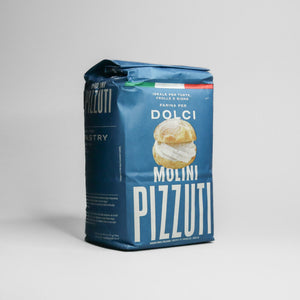
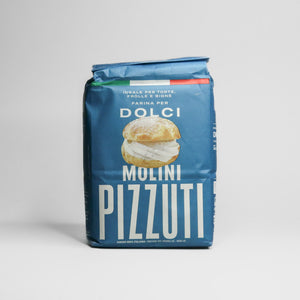
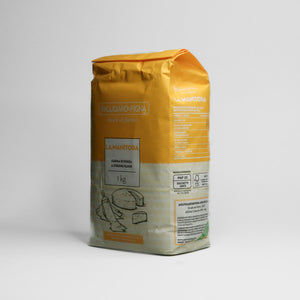
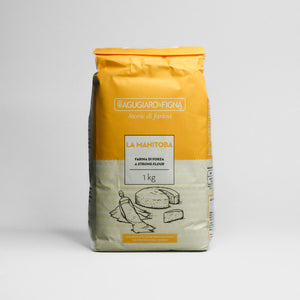
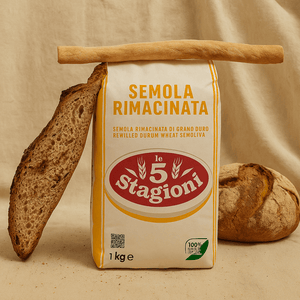

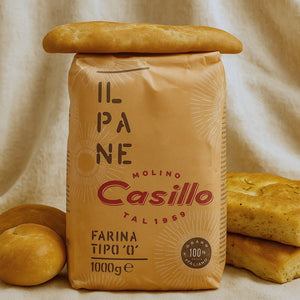

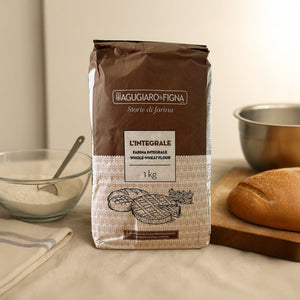

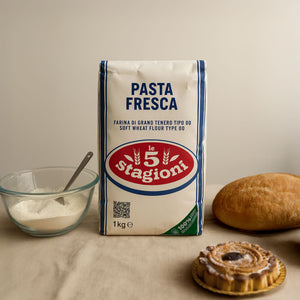
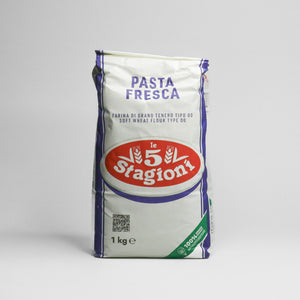
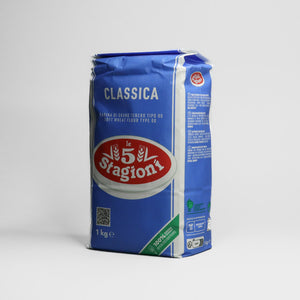
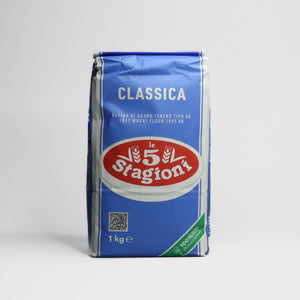
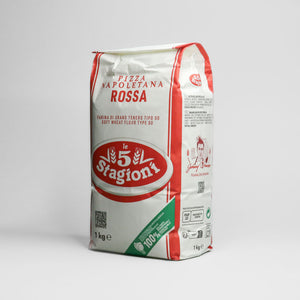
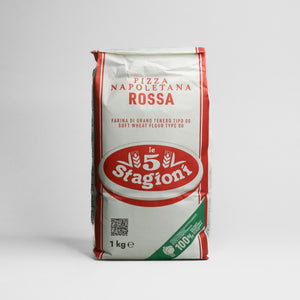
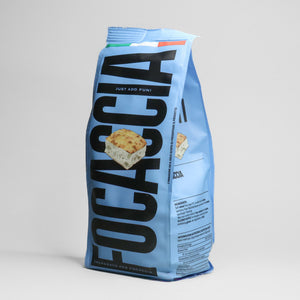
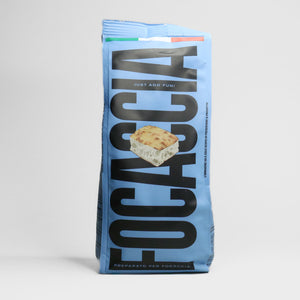
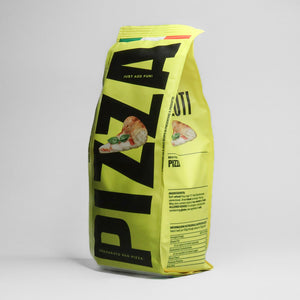
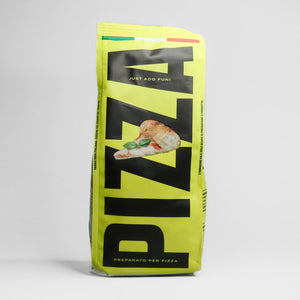
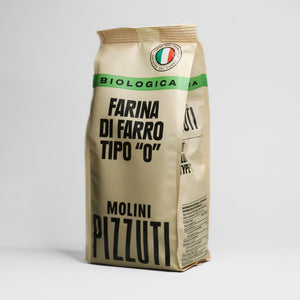
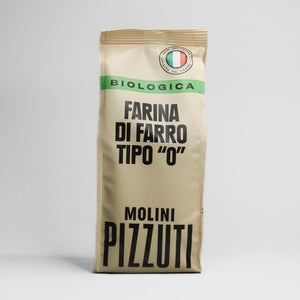

2 comments
Dobrý den, Františko, omlouvám se za pozdní odpověď – komentář jsem přehládla. :-) Bez tangzhongu se bohužel neuděje dostatečná reakce sloučenin v těstě na chemické úrovni, která způsobí tu výslednou nadýchanost a vláčnost loupáku. Jak se říká, že vaření je umění a pečení je věda, tak zde to platí dvojnásob. :-) Moc Vám však děkujeme za dotaz i Váš čas se zkoušením receptu, neskutečně nás to těší. :-) Za tým Mari Peče, Alenka
Vyzkoušeno a byly opravdu fantastické. Lze vynechat tangzhong? Děkuji